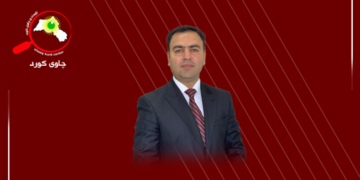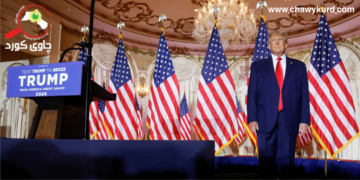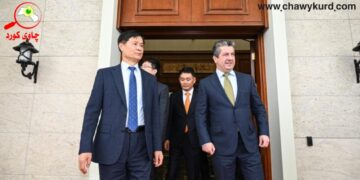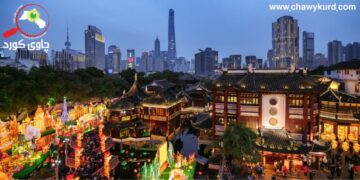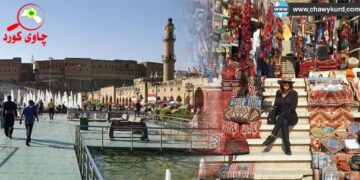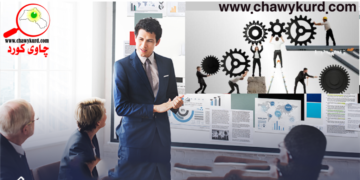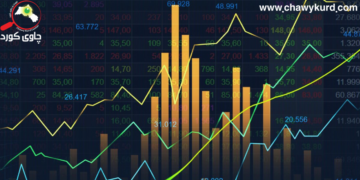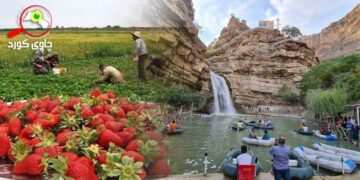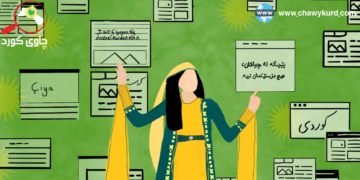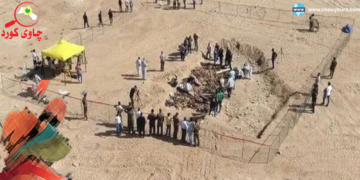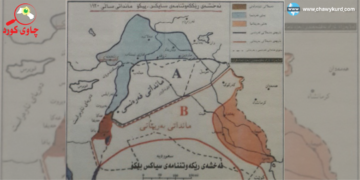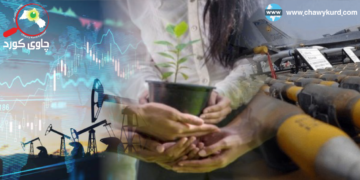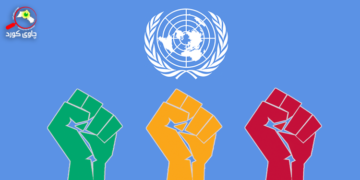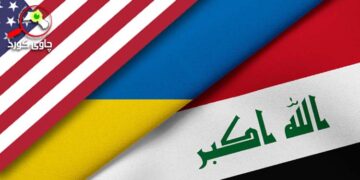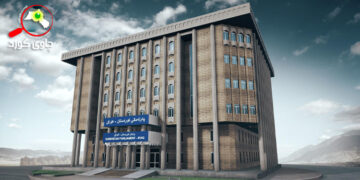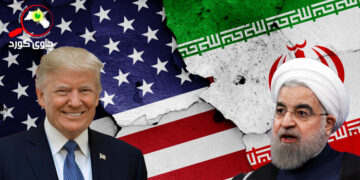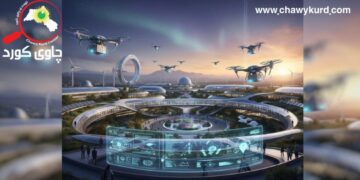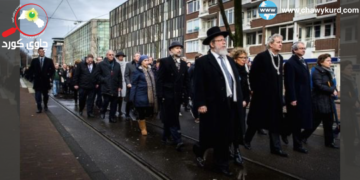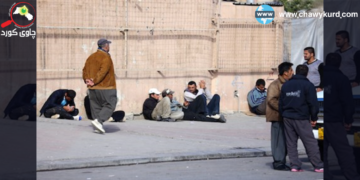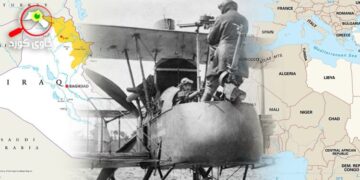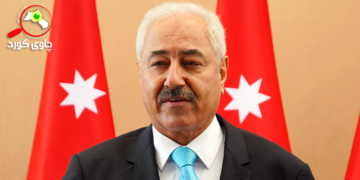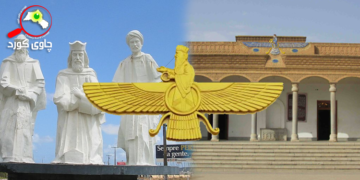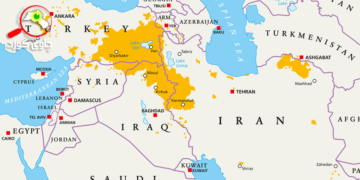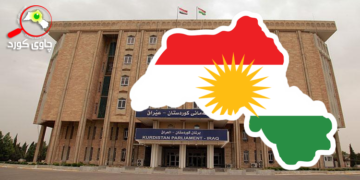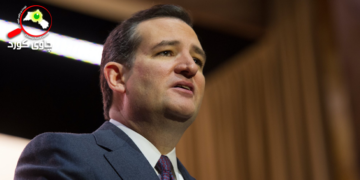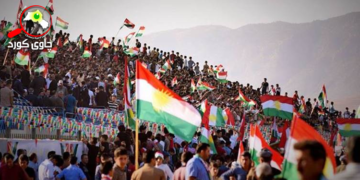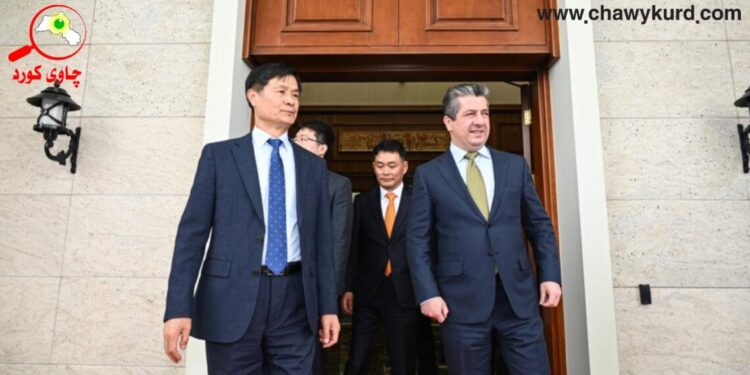Executive Summary
This report evaluates the long-term benefits and challenges of South Korean investments in the Kurdistan Region’s infrastructure. It provides an in-depth analysis of current investments, their impact on economic growth, and potential policy options to maximize benefits while mitigating challenges.
Introduction
South Korea has emerged as a significant investor in the Kurdistan Region, particularly in infrastructure projects. This report aims to assess the long-term benefits and challenges of these investments, providing policy recommendations to enhance their positive impact.
Background
South Korea’s economic strategy has historically focused on export-led growth and technological innovation. In recent years, South Korean companies have expanded their investments globally, including in the Kurdistan Region. Key projects include energy infrastructure, construction, and technology transfer initiatives.
Key Investments and Projects
These data points highlight the significant contributions of South Korean investments to the Kurdistan Region’s infrastructure and economic development. By addressing the challenges and leveraging the benefits, the Kurdistan Regional Government can further enhance these positive impacts.
1. Zaytun Division and KOICA Projects:
– Schools and Health Centers: Over 60 schools and 15 medical centers have been built by the Zaytun Division and the Korean International Cooperation Agency (KOICA) in the Kurdistan Region.
– Public Facilities: More than 250 facilities, including the Zaytun hospital and library, have been established.
2. Oil Field Development:
– Korea National Oil Corporation (KNOC): A South Korean consortium led by KNOC has secured rights to develop oil fields in the Kurdistan Region.
3. Economic and Diplomatic Initiatives:
– Kurdistan Institute of Public Administration (KIPA): Established to enhance public policy capabilities in the region.
– E-Procurement System: Implemented to improve transparency and efficiency in government procurement.
4. Corporate Presence:
– Major Companies: South Korean companies like LG, Hyundai, and Kia Motors are actively operating in the Kurdistan Region.
Economic Impact
– Job Creation: These investments have created numerous job opportunities for local residents, contributing to economic growth.
– Infrastructure Development: The construction of schools, hospitals, and other public facilities has significantly improved the region’s infrastructure.
Long-term Benefits
– Technology Transfer: South Korean investments have facilitated the transfer of technology and expertise to the Kurdistan Region.
– Capacity Building: Initiatives like KIPA and training programs have enhanced local capabilities in public administration and policy-making.
Challenges
– Regulatory Environment: Ensuring a stable and transparent regulatory framework is crucial for sustaining and attracting further investments.
– Political Stability: Maintaining political stability is essential to protect and encourage foreign investments.
Policy Options
- Enhancing Regulatory Frameworks: Strengthening legal and regulatory frameworks to ensure transparent and efficient investment processes.
- Public-Private Partnerships (PPPs): Encouraging PPPs to leverage private sector expertise and funding.
- Capacity Building: Investing in local workforce training and development to ensure sustainable project management and operation.
- Diversification of Investment: Expanding investments beyond energy and construction to sectors like technology and education.
Criteria for Evaluation
– Economic Impact: Contribution to GDP growth and job creation.
– Sustainability: Long-term viability and environmental impact of projects.
– Social Benefits: Improvement in quality of life and social infrastructure.
– Political Stability: Impact on regional stability and international relations.
Analysis of Policy Options
- Enhancing Regulatory Frameworks: This option ensures a stable investment environment, reducing risks and attracting more investors. However, it requires significant government effort and coordination.
- Public-Private Partnerships (PPPs): PPPs can bring in expertise and efficiency but may face challenges in aligning public and private sector goals.
- Capacity Building: Investing in local talent ensures long-term sustainability but requires upfront investment and time.
- Diversification of Investment: Diversifying investments can reduce dependency on specific sectors and enhance overall economic resilience.
Recommendations
- Strengthen Regulatory Frameworks: Implement clear and transparent regulations to attract and protect foreign investments.
- Promote PPPs: Develop policies to facilitate PPPs, ensuring alignment of public and private sector interests.
- Invest in Capacity Building: Establish training programs and partnerships with South Korean institutions to build local expertise.
- Encourage Diversification: Incentivize investments in diverse sectors to create a balanced and resilient economy.
Implementation Plan
- Regulatory Reforms: Establish a task force to review and update investment regulations within six months.
- PPP Framework: Develop a PPP policy framework and pilot projects within one year.
- Capacity Building Programs: Launch training initiatives in collaboration with South Korean institutions within six months.
- Investment Incentives: Introduce incentives for diversified investments within the next fiscal year.
Conclusion
South Korean investments in the Kurdistan Region’s infrastructure present significant opportunities for economic growth and development. By implementing the recommended policy options, the Kurdistan Regional Government can maximize the benefits of these investments while addressing potential challenges.
References
- National Bureau of Asian Research. “Strategies, Challenges, and Considerations for Economic Growth in South Korea.” Accessed December 11, 2024. [https://www.nbr.org/publication/strategies-challenges-and-considerations-for-economic-growth-in-south-korea/](https://www.nbr.org/publication/strategies-challenges-and-considerations-for-economic-growth-in-south-korea/)
- “Addressing the Structural Weaknesses of Kurdistan Region’s Economy.” Accessed December 11, 2024. [https://www.meri-k.org/publication/in-the-best-of-times-and-the-worst-of-times-addressing-weaknesses-of-kurdistan-regions-economy/](https://www.meri-k.org/publication/in-the-best-of-times-and-the-worst-of-times-addressing-weaknesses-of-kurdistan-regions-economy/)





